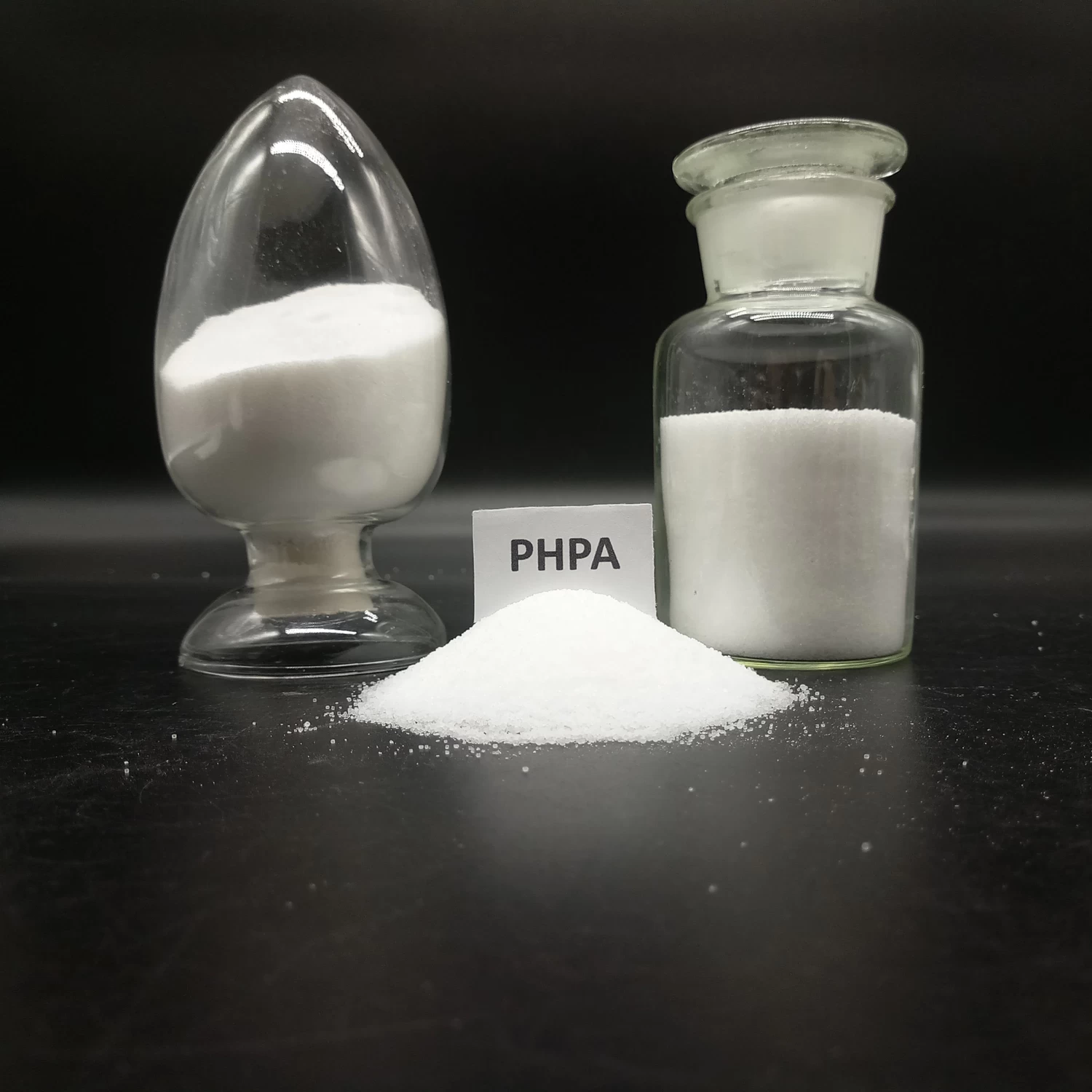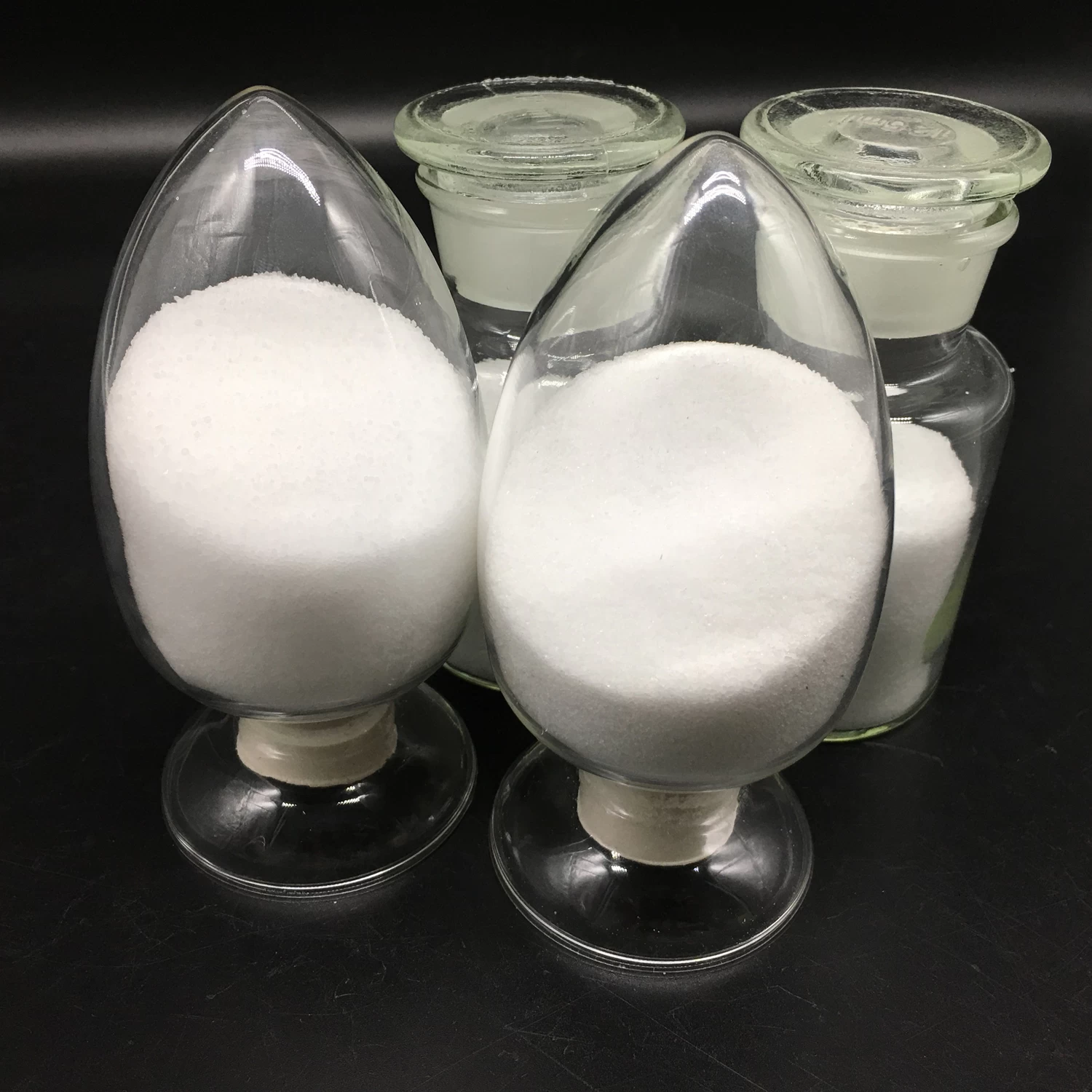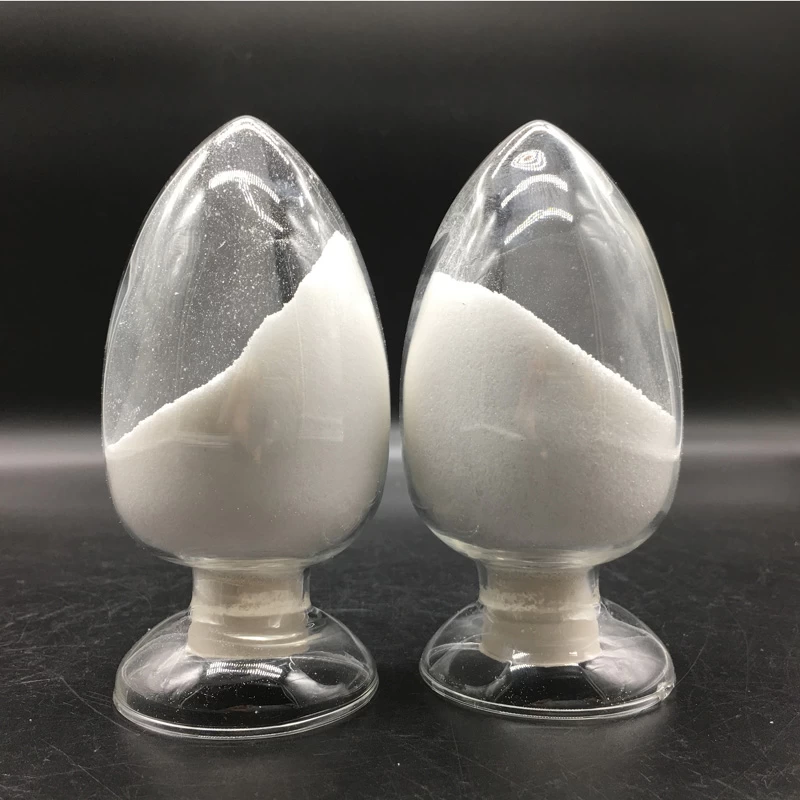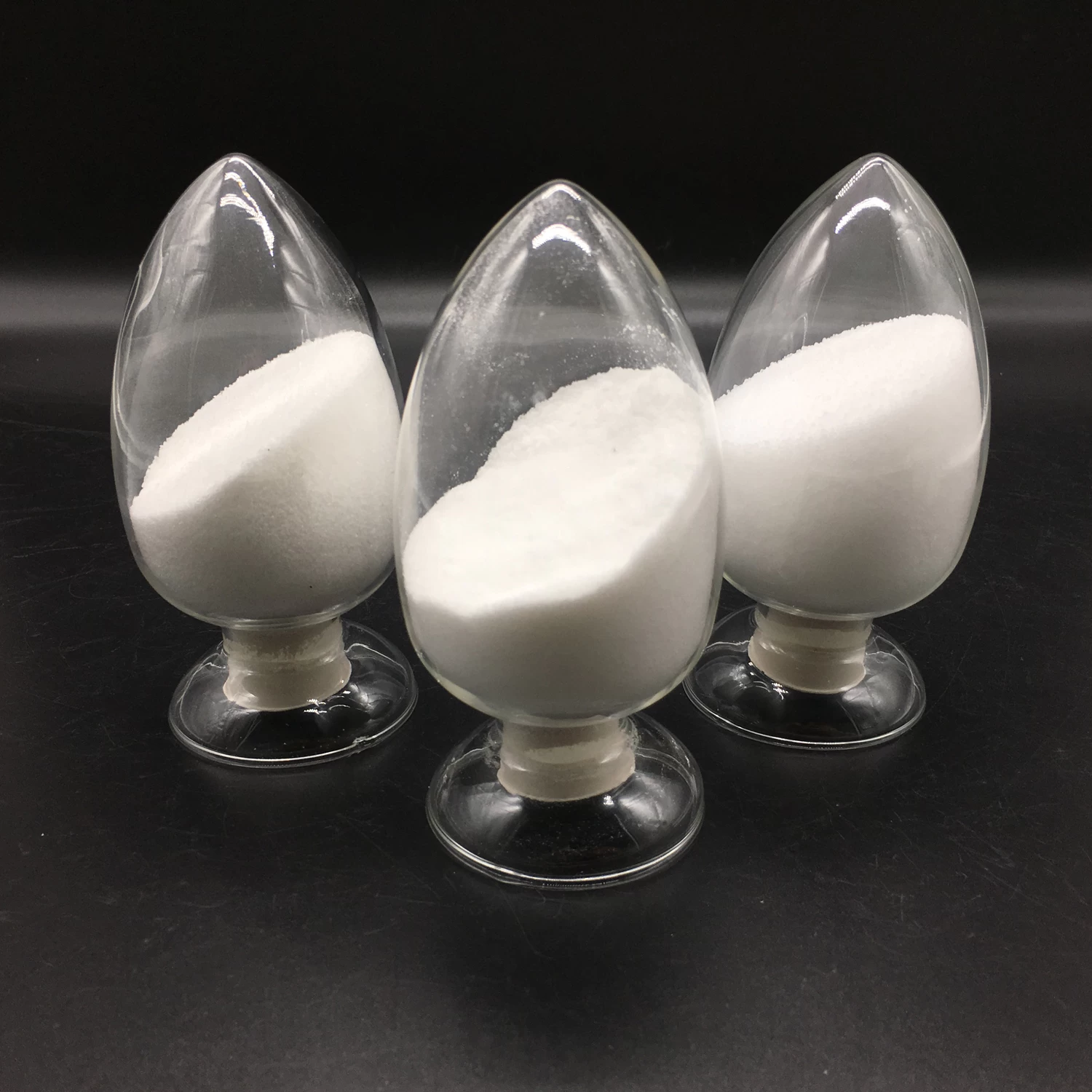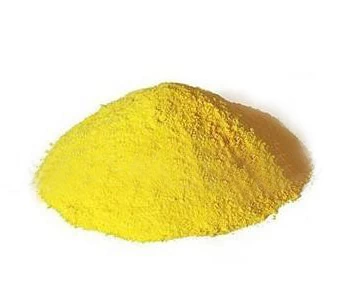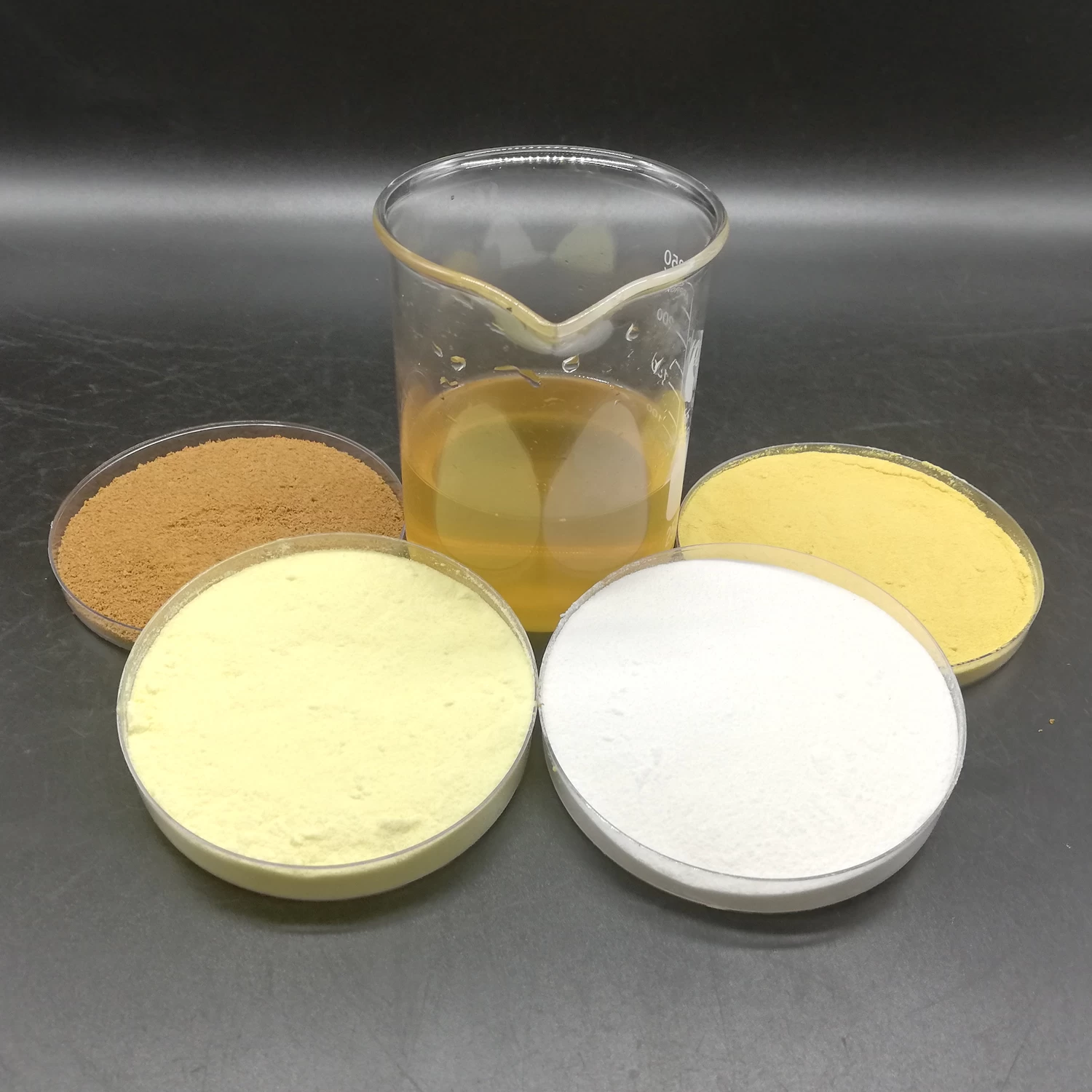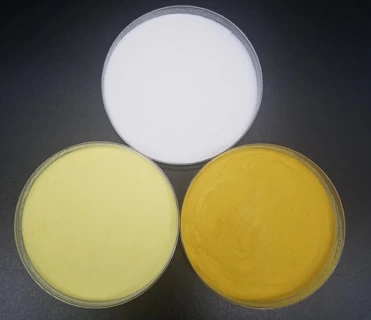- Subscribe
-
Get email updates on new products
- Contact Us
-
Shandong Welldone Environmental New Materials Co.,Ltd..
Contacts: Jack Ma
Phone: +86-17664031716
E-mail: info@welldonechina.com
Website: www.polyacrylamidechina.com Contact Now
- High Rated Products
- News
-
-
How to clean if polyacrylamide accidentally got on clothes?
Our technicians do experiments almost every day. During the operation, the polyacrylamide flocculant may accidentally get on the clothes. How to clean... -
olyacrylamide: an efficient and safe industrial additive
As a high molecular polymer, polyacrylamide (PAM) plays an important role in many industrial fields such as water treatment, oil extraction, and papermaking. -
The important role of polyacrylamide
The important role of polyacrylamide -
The Festival Laba en China
On January 10, it was festival Laba in China. It is the eighth day of the twelfth lunar month and is considered as a prelude to the Spring Festival, C... -
Flocculant - China Polyacrylamide (PAM) Supplier
Polyacrylamide PAM, a new material cellulose dedicated to sewage treatment. -
Facebook admits mistakes but no apology
On Wednesday, Facebook CEO Mark Zuckerberg finally broke his silence, responding to the company's recent troubles. According to CNBC, Zuckerberg poste... -
Marsh Funnel Viscosity Test
Product:WD-7161 Test conditions:solution 0.1%,stirred at 600 RPM for 1 hour,temperature 22℃ Marsh Funnel Viscosity:381 seconds Shandong Welldone Env... -
The US Foiled a Terrorist Plot against San Francisco during Christmas
US Foiled a Terrorist Plot against San Francisco during Christmas,The suspect Everett Alan Jameson was a truck driver who served in the U. S. Marine Corps, China Top 10 manufacturer of Polyacrylamide -
Application of PAM in sewage treatment
Polyacrylamide is a widely used chemicaladditive, it can treat many types of sewage.For the following types of sewage,the correct use of polyacrylamid... -
Comprehensive knowledge of anionic polyacrylamide
Comprehensive knowledge of anionic polyacrylamide
-
PolyAluminium Chloride for Municipal Wastewater Treatment
- Specification Analysis Results
- Aluminium oxide(Al2O3) % 30%-31%
- Basicity% 60-80%
- PH (1% aqueous solution) 3.5-5.0
- Water insoluble % 0,2max
- Nitrogen ≤0.01
- (As)/% 0.0002
- (Pb)/% 0.001
- (Cd)/% 0.0002
- (Hg)/% 0.00001
- (Cr+6)/% 0.0005
Polyaluminum chloride is a water purification material, an inorganic polymer coagulant, and a polymer with a relatively large molecular weight and a relatively high charge of inorganic polymer produced by the bridge action of hydroxyl ions and the polymerization of polyvalent anions. Pharmacy. In form, it can be divided into two kinds: solid and liquid. The solids are divided into brown, beige, golden yellow and white according to different colors, and the liquid can be represented as colorless, transparent, yellowish, light yellow to yellow-brown.
The polyaluminum chloride having a content of aluminum oxide between 27 and 30 is mostly khaki-yellow yellow solid powder. These types of polyaluminum chlorides have relatively good water solubility, and in the course of dissolution, physicochemical changes such as electrochemical, agglomeration, adsorption, and precipitation eventually lead to [Al2(OH)3(OH)3] precipitation, thereby achieving the purpose of purification. In the use of polyaluminum chloride, without the need for other additives, floe formation is fast and thick, high activity, rapid precipitation, and a clear effect on high turbidity water purification.
1. The purified water quality is better than aluminum sulfate flocculant, and the water purification cost is 15-30% lower than that.
2. The formation of flocs is quick and the settling speed is fast, which is greater than that of traditional products such as aluminum sulfate.
3. Consumption of water below the alkalinity of various inorganic flocculants, which can not vote or less alkali agent.
4. The source water PH5.0-9.0 can be condensed, small corrosion, good operating conditions.
5. the solubility is better than aluminum sulfate.
6. Less salt increase in treated water is beneficial to ion exchange treatment and high purity water production.
7. The adaptability to the source water temperature is better than inorganic flocculants such as aluminum sulfate.
Concentration ratio method:
1. According to the situation of raw water, do a small test before using to obtain the best dose. Small test solution configuration by weight ratio (W / W), generally 2-5% with good. Assembled with 3% solution: said polyaluminum chloride PAC solid 3g, into a 200ml measuring cylinder, add about 50ml of water, to be dissolved and then diluted with water to 100ml scale, shake it.
2. When producing polyaluminum chloride PAC for production, mix and dissolve according to polyaluminum chloride PAC solid:water=1:9 to 1:15 weight ratio. Solutions with a content of alumina less than 1% are prone to hydrolysis and can reduce the effect of use. Concentrations are too high to be easily added evenly.
3. Dosing according to the best dosing amount obtained by small test. For example, if sedimentation tanks are found to be less, if there are large amounts of turbidity, the dosage will be too small. If the sedimentation tank is large and upturned and the remaining turbidity is high, the amount of dosing is too large and adjustments should be made.
Polyaluminium chloride use method:
After the solid product is dissolved in water at 1:3, it is used as a liquid, diluted with 10-30 times of fresh water to a desired concentration. The optimal PH value for the dosing is 3.5-5.0, and the best PH value is added to maximize the benefits of coagulation. The dosage can be determined according to the different turbidity of the raw water, and the best dosage is determined. When the raw water turbidity is 100-500mg/L, the dosage per kiloton is 10-20kg. When the turbidity of the raw water is high, the dosage is appropriately increased, and when the turbidity is low, the dosage can be appropriately reduced.
PAC for Municipal Wastewater Treatment
In daily life, washing clothes, shampooing, flushing toilets, etc., all belong to municipal sewage. Therefore, there are a lot of impurities in the municipal sewage, containing a lot of COD, BOD, ammonia, nitrogen, phosphorus.
Municipal sewage treatment generally has a complete set of processes: Influent→Grate→Biochemical treatment→Sinking tank→Secondary sedimentation tank→Desiltering→Disinfection→Waste landfill municipal wastewater treatment process. Polyaluminum chloride is used in the sedimentation section. PAC or polyferric sulfate is subject to flocculation precipitation. The flocculant PAM is added in the desliming step, and the desmearing effect is generally better with polyacrylamide cations. The specific ionization type of the cation is selected in combination with the water concentration and the type of the filter press.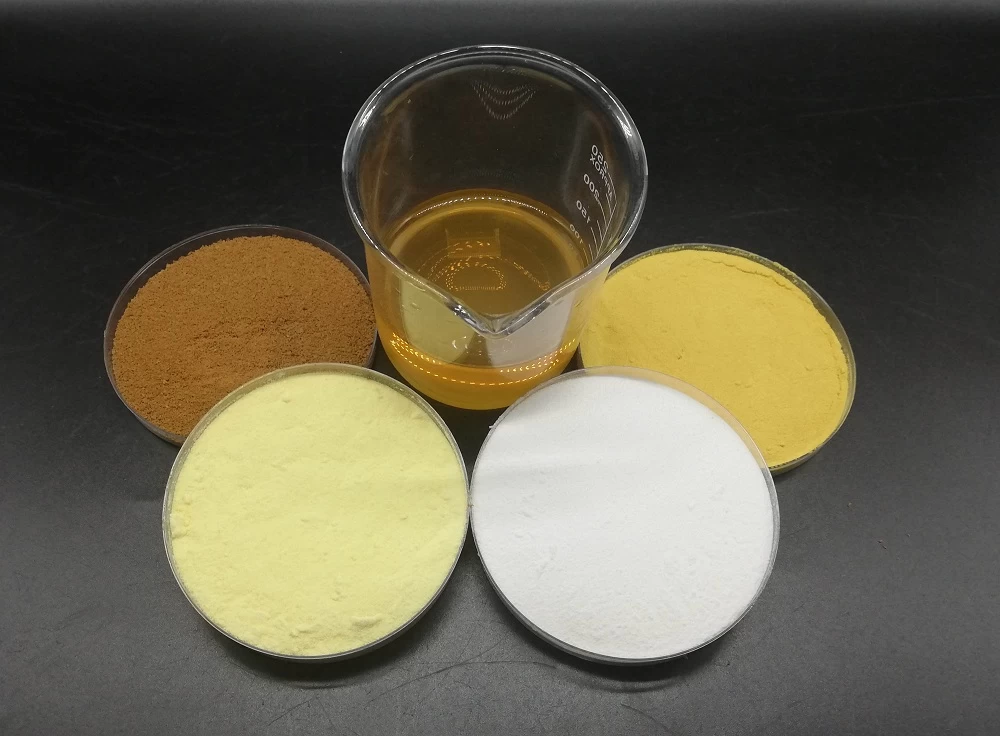
The polyaluminum chloride having a content of aluminum oxide between 27 and 30 is mostly khaki-yellow yellow solid powder. These types of polyaluminum chlorides have relatively good water solubility, and in the course of dissolution, physicochemical changes such as electrochemical, agglomeration, adsorption, and precipitation eventually lead to [Al2(OH)3(OH)3] precipitation, thereby achieving the purpose of purification. In the use of polyaluminum chloride, without the need for other additives, floe formation is fast and thick, high activity, rapid precipitation, and a clear effect on high turbidity water purification.
1. The purified water quality is better than aluminum sulfate flocculant, and the water purification cost is 15-30% lower than that.
2. The formation of flocs is quick and the settling speed is fast, which is greater than that of traditional products such as aluminum sulfate.
3. Consumption of water below the alkalinity of various inorganic flocculants, which can not vote or less alkali agent.
4. The source water PH5.0-9.0 can be condensed, small corrosion, good operating conditions.
5. the solubility is better than aluminum sulfate.
6. Less salt increase in treated water is beneficial to ion exchange treatment and high purity water production.
7. The adaptability to the source water temperature is better than inorganic flocculants such as aluminum sulfate.
Concentration ratio method:
1. According to the situation of raw water, do a small test before using to obtain the best dose. Small test solution configuration by weight ratio (W / W), generally 2-5% with good. Assembled with 3% solution: said polyaluminum chloride PAC solid 3g, into a 200ml measuring cylinder, add about 50ml of water, to be dissolved and then diluted with water to 100ml scale, shake it.
2. When producing polyaluminum chloride PAC for production, mix and dissolve according to polyaluminum chloride PAC solid:water=1:9 to 1:15 weight ratio. Solutions with a content of alumina less than 1% are prone to hydrolysis and can reduce the effect of use. Concentrations are too high to be easily added evenly.
3. Dosing according to the best dosing amount obtained by small test. For example, if sedimentation tanks are found to be less, if there are large amounts of turbidity, the dosage will be too small. If the sedimentation tank is large and upturned and the remaining turbidity is high, the amount of dosing is too large and adjustments should be made.
Polyaluminium chloride use method:
After the solid product is dissolved in water at 1:3, it is used as a liquid, diluted with 10-30 times of fresh water to a desired concentration. The optimal PH value for the dosing is 3.5-5.0, and the best PH value is added to maximize the benefits of coagulation. The dosage can be determined according to the different turbidity of the raw water, and the best dosage is determined. When the raw water turbidity is 100-500mg/L, the dosage per kiloton is 10-20kg. When the turbidity of the raw water is high, the dosage is appropriately increased, and when the turbidity is low, the dosage can be appropriately reduced.
PAC for Municipal Wastewater Treatment
In daily life, washing clothes, shampooing, flushing toilets, etc., all belong to municipal sewage. Therefore, there are a lot of impurities in the municipal sewage, containing a lot of COD, BOD, ammonia, nitrogen, phosphorus.
Municipal sewage treatment generally has a complete set of processes: Influent→Grate→Biochemical treatment→Sinking tank→Secondary sedimentation tank→Desiltering→Disinfection→Waste landfill municipal wastewater treatment process. Polyaluminum chloride is used in the sedimentation section. PAC or polyferric sulfate is subject to flocculation precipitation. The flocculant PAM is added in the desliming step, and the desmearing effect is generally better with polyacrylamide cations. The specific ionization type of the cation is selected in combination with the water concentration and the type of the filter press.

Shandong Welldone Environmental New Materials Co.,Ltd.
Tel:+86-17664031716
Contact Person:Jack Ma
PDF Show:PDF

 E-mail:info@welldonechina.com
E-mail:info@welldonechina.com +86-17664031716
+86-17664031716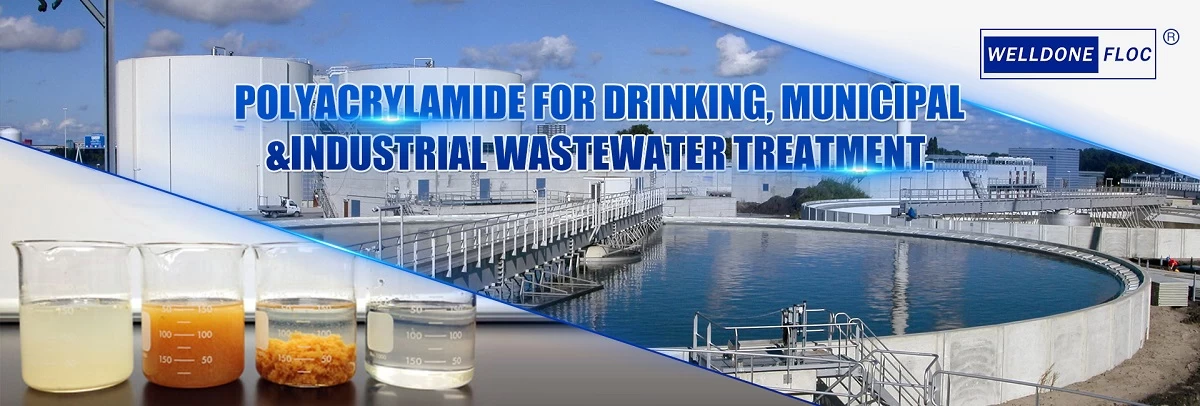
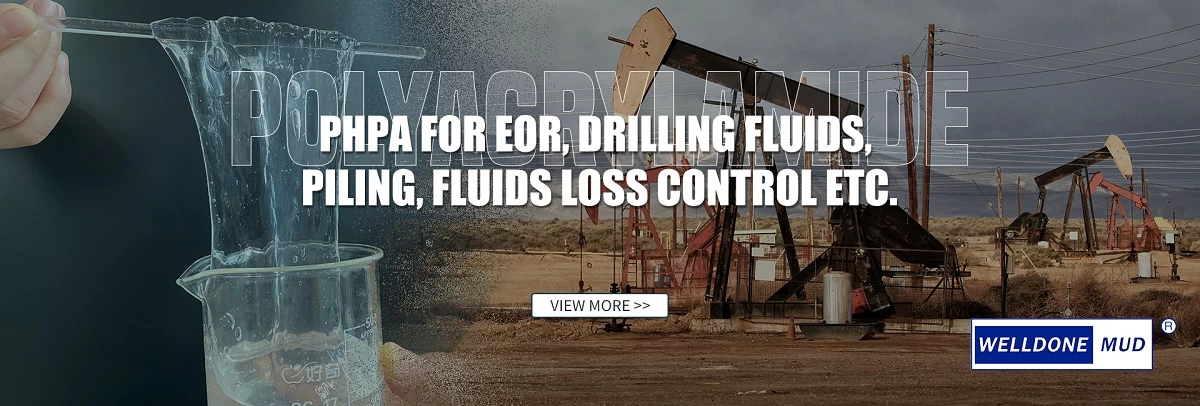

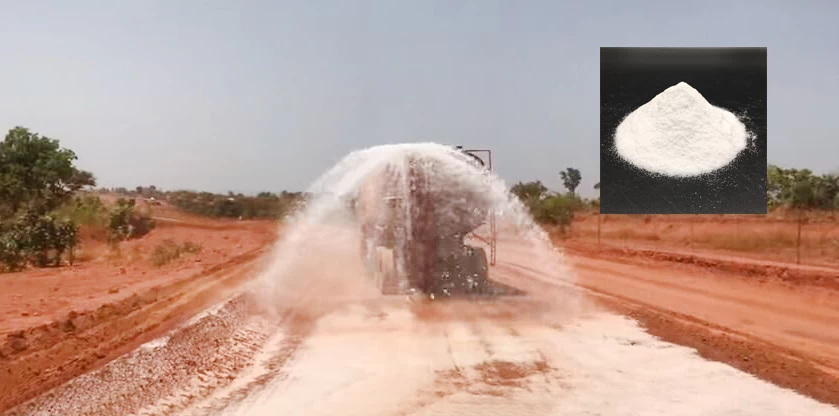
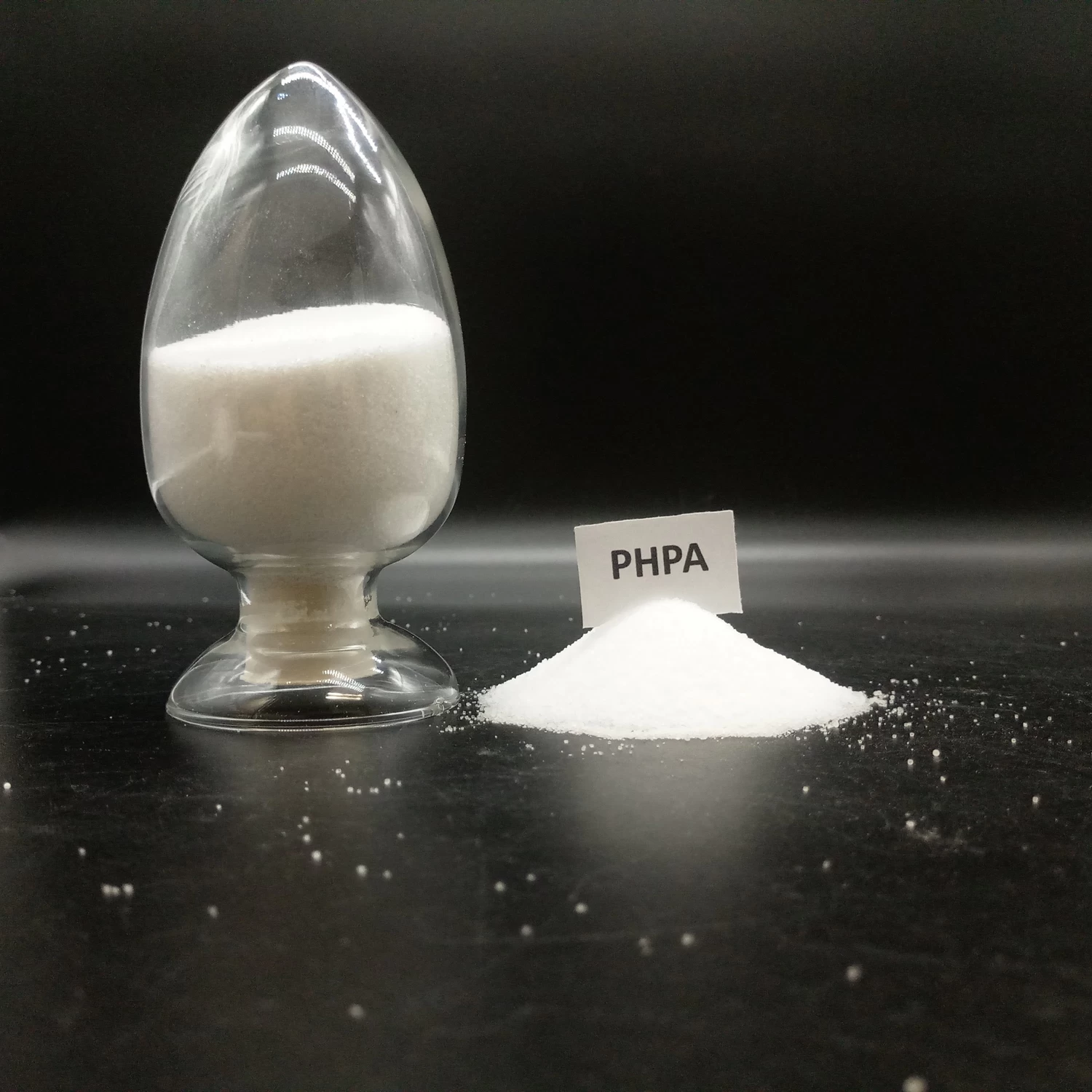
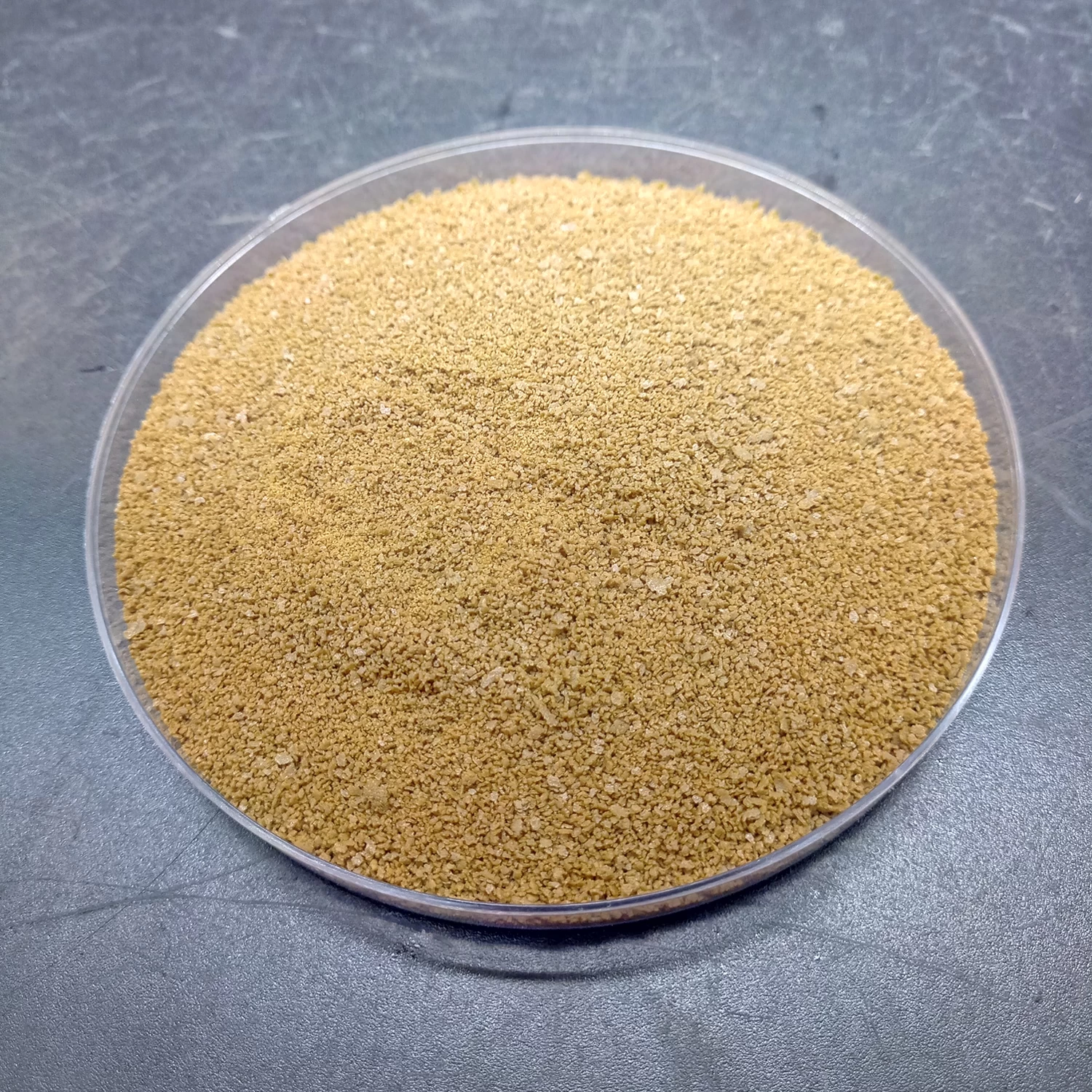
-for-drilling-muds.png.webp)
